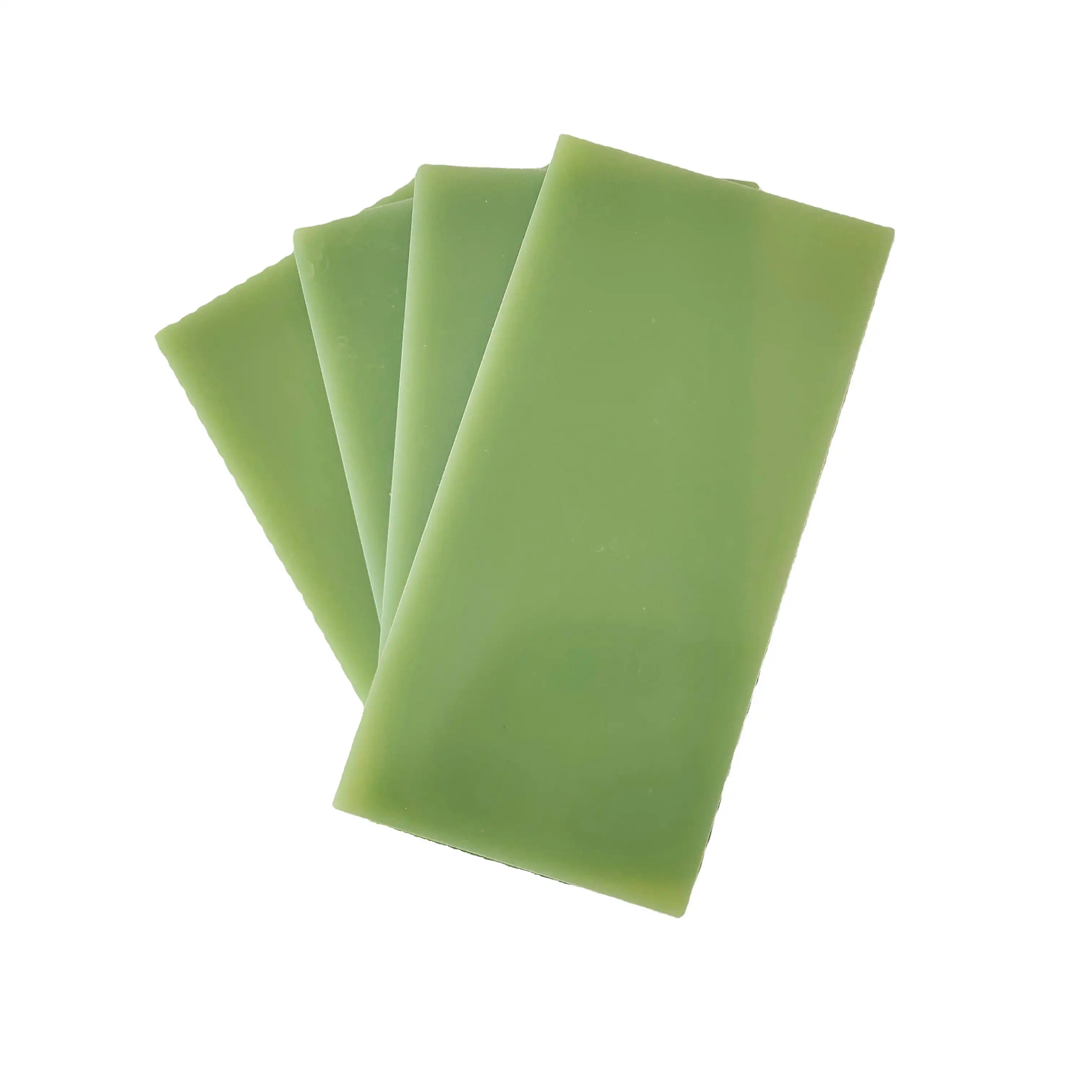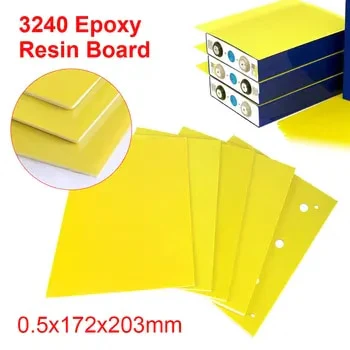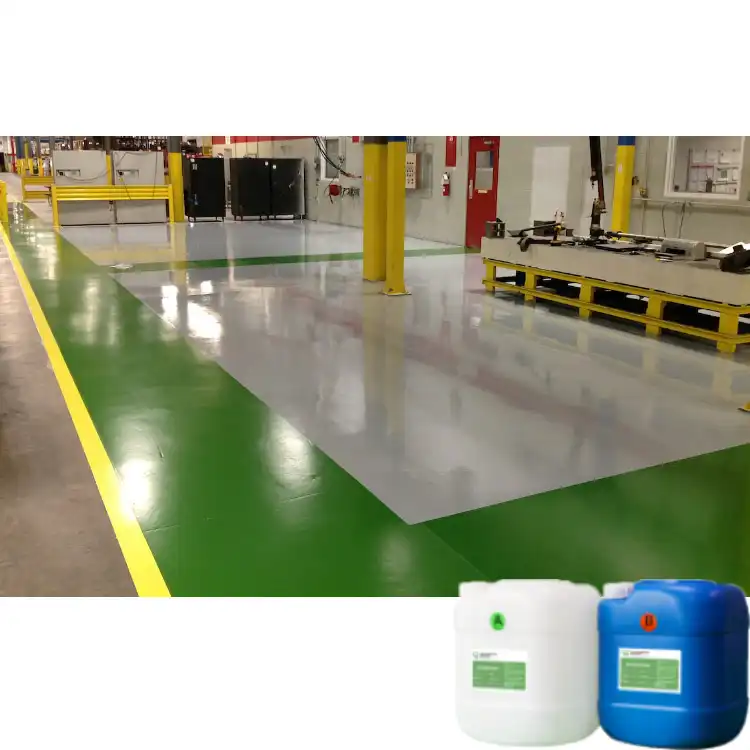How thick is G10 FR-4?
2024-08-13 15:47:25
When it comes to electrical insulation and printed circuit boards (PCBs), G10 FR-4 is a name that often comes up. This versatile material is known for its excellent mechanical and electrical properties, but one question that frequently arises is: just how thick is G10 FR-4? In this blog, we'll dive into the world of G10 FR4 sheets, exploring their thickness options, applications, and why thickness matters in various industries.
What is the Thickness Spectrum of G10 FR4 Sheets?
G10 FR4 sheets are known for their versatility and wide range of thicknesses, making them suitable for a variety of applications in different industries. Understanding the thickness options available can help in selecting the right sheet for your specific needs. Here’s a closer look at the typical thicknesses and their applications:
0.2mm (0.008 inches)
This ultra-thin thickness is less common but may be used in very specialized applications where minimal thickness is critical, such as in specific electronics or thin insulating layers.
0.4mm (0.016 inches)
Thin enough for use in small electronic devices or as a base layer in multi-layer PCBs (Printed Circuit Boards). It offers flexibility while still providing structural support.
0.8mm (0.031 inches)
Often used in circuit boards where a bit more durability is required than the 0.4mm sheets. It provides a good balance between flexibility and strength.
1.6mm (0.062 inches)
A common thickness for many standard PCBs, offering durability and insulation. It's widely used in electronics where moderate strength and insulating properties are required.
3.2mm (0.125 inches)
Suitable for applications that need more robustness, such as in mechanical components or larger PCBs. It provides significant structural support and high insulating capabilities.
6.4mm (0.250 inches)
Used in applications where substantial structural strength and electrical insulation are needed. This thickness is often chosen for more demanding industrial uses or high-voltage applications.
12.7mm (0.500 inches)
Ideal for heavy-duty applications requiring exceptional strength and thickness, such as in high-load mechanical components or as part of heavy-duty insulation systems.

What Factors Should Be Considered When Choosing the Right Thickness for G10 FR4?
Selecting the appropriate thickness for your G10 FR4 sheet is crucial for ensuring optimal performance in your application. Here are some factors to consider when deciding on the thickness:
Electrical Requirements
For high-voltage applications, thicker sheets provide better dielectric strength, which helps prevent electrical breakdown. Thicker sheets also can support more complex circuitry and provide better stability for sensitive electronic components.
Mechanical Strength
If the G10 FR4 sheet is used in applications where it will be subjected to significant mechanical stress, a thicker sheet is generally more suitable. Thicker sheets can withstand higher loads and provide better resistance to mechanical deformation. For applications where the material might face impact or heavy usage, increased thickness offers enhanced durability and resistance to cracking or breaking.
Weight Considerations
In industries like aerospace or automotive, where weight is a critical factor, choosing the right thickness is essential to balance strength with weight. Thicker sheets, while stronger, are heavier, which may not be ideal for weight-sensitive applications.
Thermal Management
In applications where heat dissipation is important, thicker G10 FR4 sheets can provide better thermal management. They can help in distributing heat more evenly, reducing the risk of overheating in critical components. Conversely, thicker sheets can also serve as better thermal insulators, protecting sensitive components from temperature fluctuations and thermal stress.
Manufacturing Process
The thickness of the G10 FR4 sheet can affect how easily it can be machined, drilled, or otherwise processed. Thicker sheets may require more robust equipment and longer processing times, which could impact production schedules and costs. Thinner sheets are generally easier to cut and shape, making them more suitable for intricate designs or detailed work. However, if the application requires complex geometries or large parts, thicker sheets may be necessary despite the additional processing challenges.
Cost
Thicker G10 FR4 sheets are typically more expensive than thinner ones. When budget constraints are a concern, it’s important to find a balance between thickness and cost. Consider whether the additional strength or insulation provided by a thicker sheet justifies the higher expense.
How Do Custom Thickness Options Compare to Standard G10 FR4 Thicknesses?
When selecting G10 FR4 sheets, you have the option to choose between standard thicknesses or custom options. Both have their advantages depending on the specific requirements of your project. Understanding how custom thicknesses compare to standard ones can help you make an informed decision. Here’s a detailed comparison:
Flexibility and Precision
- Custom Thickness Options: Custom thicknesses offer significant flexibility, allowing you to specify exact measurements that fit your project requirements. This is particularly useful for applications with unique specifications or those that need non-standard dimensions.
- Standard Thicknesses: Standard thicknesses are pre-manufactured and readily available, making them convenient for general applications. While they may not offer the same level of precision as custom options, they are often sufficient for many typical uses.
Cost Implications
- Custom Thickness Options: Custom thicknesses generally come with a higher cost due to the need for specialized manufacturing processes or additional setup. This can include higher production costs, longer lead times, and potentially increased material waste if the custom thickness is not standard.
- Standard Thicknesses: Standard thicknesses are usually more cost-effective. They benefit from economies of scale, as they are produced in larger quantities and often involve less complex manufacturing processes.
Availability and Lead Time
- Custom Thickness Options: Custom thicknesses may have longer lead times due to the additional steps involved in manufacturing and processing.
- Standard Thicknesses: Standard thicknesses are typically available for immediate shipment, which can be crucial for projects with tight deadlines.
Performance and Application Suitability
- Custom Thickness Options: Custom thicknesses can be engineered to meet specific performance requirements, such as enhanced mechanical strength or particular electrical insulation properties.
- Standard Thicknesses: While standard thicknesses are designed to meet a broad range of applications effectively, they may not always address specific performance needs as precisely as custom options.
Conclusion
In conclusion, the thickness of G10 FR4 sheet can vary greatly, typically ranging from 0.2mm to 50mm or more. The versatility in thickness options, combined with its excellent properties, makes G10 FR-4 a go-to material for many applications. Whether you're working on a complex PCB design or need a robust insulating component, there's likely a G10 FR4 sheet thickness that's perfect for your project.
If you want to learn more about G10 FR4 sheets or need assistance in selecting the right thickness for your project, feel free to reach out to us at info@jhd-material.com. With over 20 years of experience in producing and selling insulating sheets, we're here to help you find the perfect solution for your needs.
References
1. "FR4 Material Properties and Its Use in PCBs." [PCBWay].
2. "The Characteristics and Applications of FR4 Composite Materials." [Professional Plastics].
3. "G10/FR4 Material Data Sheet." [McMaster-Carr].
4. "Choosing the Right Insulating Material for Your PCB." [Advanced Circuits].







